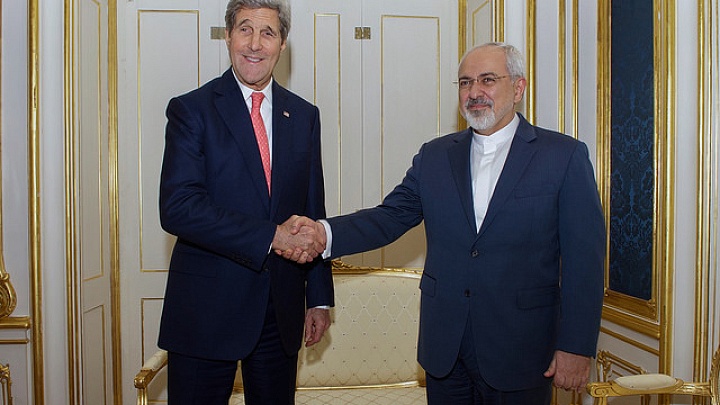
There’s a scene in the 2004 satirical comedy Team America: World Police where Hans Blix, the then-head of the International Atomic Energy Agency (IAEA), comes to Kim Jong-il’s palace and is given the run-around when he tries to conduct a weapons inspection. Blix demands access, then limply threatens: Or else we will be very, very angry with you and we will write you a letter telling you how angry we are. Kim Jong-il then coerces Blix to stand atop a trapdoor, opens it, and dumps him into a shark tank.
Sure, it made for a good laugh (and the fact that the characters were supermarionettes helped, too). But it also perpetuated a certain perception: that weapons inspectors come in, get pushed around, and are ultimately thrown to the sharks. What the perception doesnt reflect is how far the United Nations watchdog has come over the last 25 years in adapting to the realities of breaches in the nonproliferation regime. As a sixty-day review of the Joint Comprehensive Plan of Action begins on Capitol Hill, its important to focus on this transformation – and, in turn, how its lessons relate to the agencys ability to verify the restrictions on Iran’s enrichment capabilities.
The IAEA was founded in 1957, but it was Iraq in the 1990s that helped the organization become what it is today. Using archival agency reports not accessible to the general public, Austrian journalist Gudrun Harrer’s book Dismantling the Iraqi Nuclear Programme: The Inspections of the International Atomic Energy Agency, 1991-1998 documents how the IAEA, which was not used to encountering resistance from parties to the Nuclear Non-Proliferation Treaty (NPT), was forced to transform after the Gulf War in order to counter Iraq’s concealment of its nuclear misbehavior. At the time, IAEA safeguards were designed strictly to confirm that declared fissile material and sites were being used as claimed. As a result of Iraqi obstruction, though, the agency implemented more aggressive and intrusive inspection methods and a more systematic approach to its surveillance. In doing so, the IAEA “proved during the 1990s…that it was able to adapt to a new inspec
